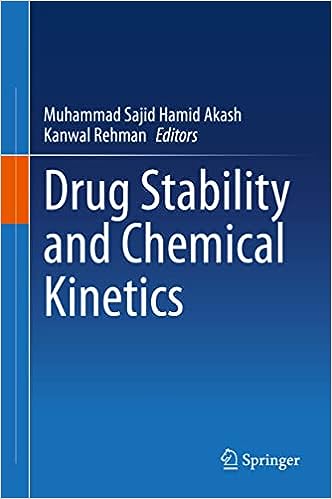FDA Guidance for Industry
The “FDA Guidance for Industry: Q1A(R2) Stability Testing of Drug Substances and Products” provides essential recommendations and requirements for conducting stability testing of drug substances and products. This guidance plays a crucial role in ensuring the safety, efficacy, and quality of pharmaceuticals throughout their intended shelf-life. By establishing standardized stability testing procedures, the FDA aims to facilitate consistent data generation and informed decision-making in the pharmaceutical industry.
Background and Objectives:
The primary objective of the guidance is to provide clear and comprehensive guidelines for conducting stability testing on drug substances and products. This involves evaluating how various environmental factors, such as temperature, humidity, and light, influence the product’s attributes over time. The FDA emphasizes the importance of generating reliable stability data to support regulatory submissions and to ensure that patients receive safe and effective medications.
Key Elements of the Guidance:
The guidance covers a range of
critical aspects related to stability testing:Stability Testing Conditions:
The FDA outlines different testing conditions, including long-term, accelerated, and intermediate testing conditions. These conditions simulate real-world storage situations and aim to capture potential degradation pathways that the product may undergo during its shelf-life. Manufacturers are required to select appropriate testing conditions based on their product’s characteristics and intended usage.
Study Duration:
The guidance provides recommendations for the minimum duration of stability studies under different testing conditions. This ensures that meaningful data is collected, allowing for accurate extrapolation of the product’s shelf-life. The duration takes into account the expected storage and usage patterns of the drug.
Batch Selection:
The FDA emphasizes the importance of selecting batches that represent the entire product’s range, including various strengths and formulations. These batches should be manufactured using processes that closely resemble commercial production. This approach ensures that stability data is indicative of the product’s real-world performance.
Sampling and Testing:
Sampling is a critical aspect of stability testing. The guidance underscores the necessity of representative sampling to obtain reliable data. Stability-indicating methods are recommended to accurately assess the product’s attributes, and the guidance provides insights into appropriate analytical techniques and methods for this purpose.
Data Interpretation:
Interpreting stability data is essential for making informed decisions about product quality, shelf-life, and storage conditions. The guidance provides recommendations on how to analyze data trends, establish acceptance criteria, and extrapolate the product’s shelf-life based on stability data.
Labeling Implications:
The guidance addresses the significance of using stability data to inform product labeling. Manufacturers are encouraged to include appropriate storage instructions on product labels to guide consumers and healthcare professionals on proper storage conditions, thereby maintaining the product’s quality and effectiveness.
Global Applicability:
While primarily directed at the FDA, this guidance is widely recognized and used internationally. It contributes to harmonizing stability testing practices across regulatory agencies and promotes uniform product quality assessment worldwide.
Benefits and Impact:
The FDA’s guidance for stability testing serves as a valuable resource for pharmaceutical manufacturers and regulatory agencies alike. It promotes a systematic approach to stability testing that ensures product quality and safety. By adhering to the guidance’s recommendations, manufacturers can generate reliable stability data that supports regulatory submissions and facilitates commercial distribution.
Conclusion:
The “FDA Guidance for Industry: Q1A(R2) Stability Testing of Drug Substances and Products” is a cornerstone document that outlines essential principles for conducting stability testing in the pharmaceutical industry. By adhering to this guidance, manufacturers can confidently develop and distribute pharmaceutical products that maintain their safety, efficacy, and quality throughout their intended shelf-life, ultimately benefiting patients and healthcare systems worldwide.
